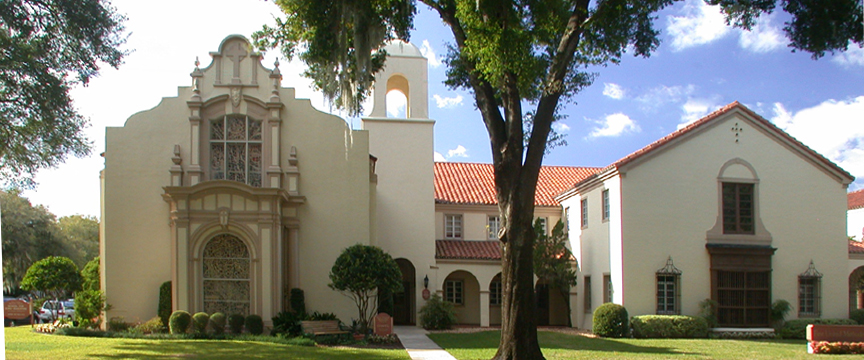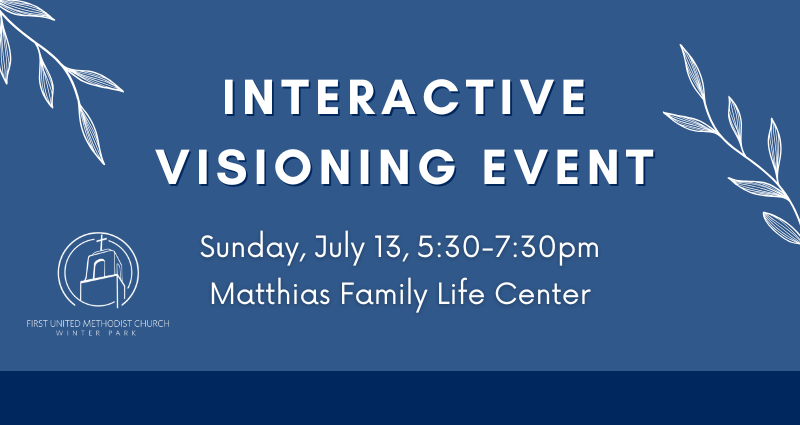- Attend
attend
MenuUpcoming Events
- Get Involved
Get Involved
MenuMy Dashboard
Becoming a member of FUMCWP is not a requirement for attendance or involvement, but we believe you’ll find the process both enlightening and enjoyable.
Member Dashboard
Serving Opportunities
Whether it's volunteering at our church, making a charitable donation, or hosting an event, there are several ways to serve.
- Our Church
Our Church
MenuWinter Park
Church Location
125 N. Interlachen Ave
Winter Park, FL 32789407.644.2906
Join us in-person or watch sermons live online.
Reeves Center
Activity Center
1100 N. Fern Creek Ave. Orlando, FL 32803
407.894.2237
Reeves Ministries:
TCA Preschool
Studio 150 Dance*
Jobs Partnership
4 Pillars Counseling & Enrichment Center*Takes place at both campuses

- Connect
Connect
MenuContact Us!
Fill out the form below or call our church office at 407-644-2906.
- Giving










